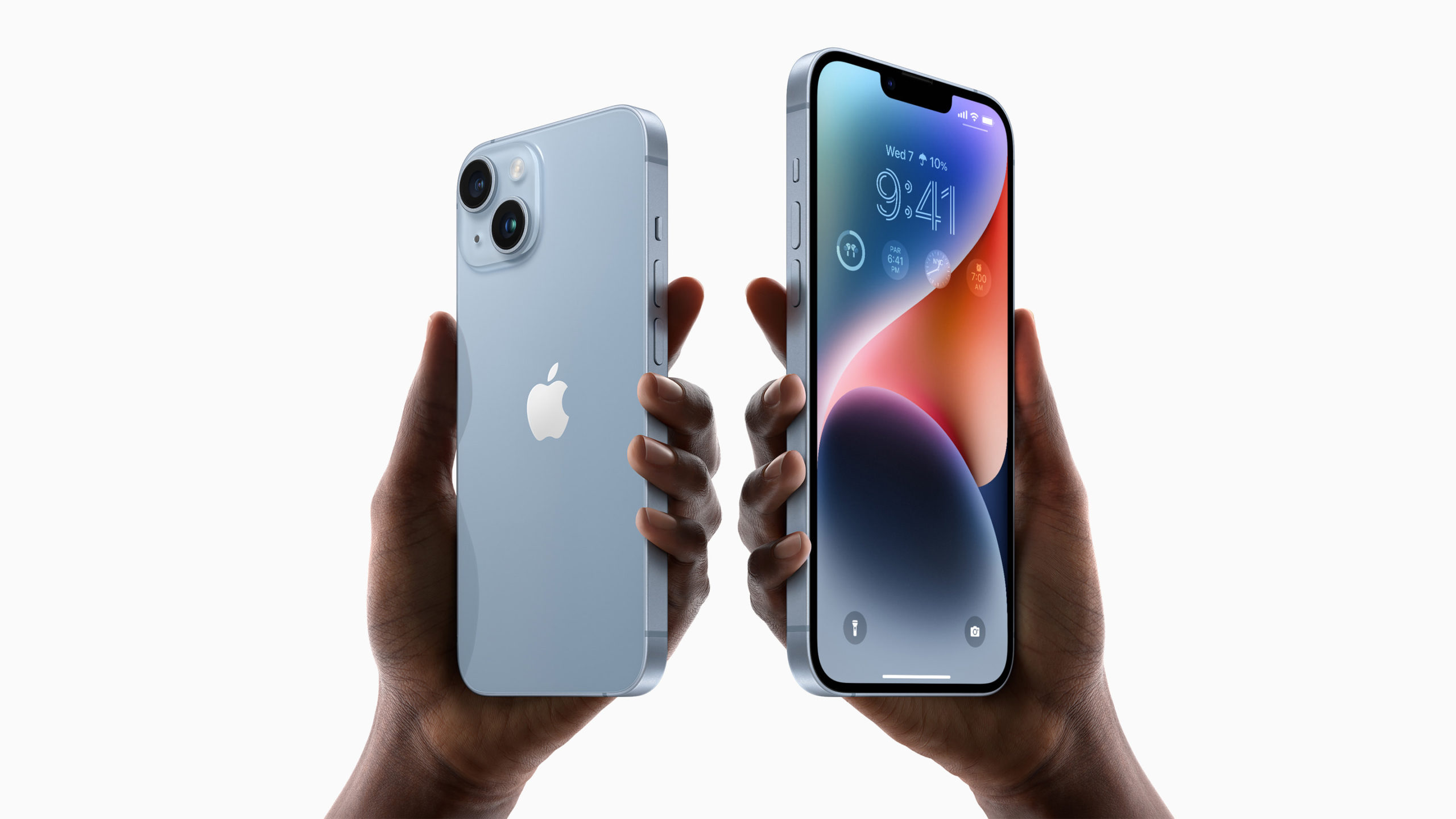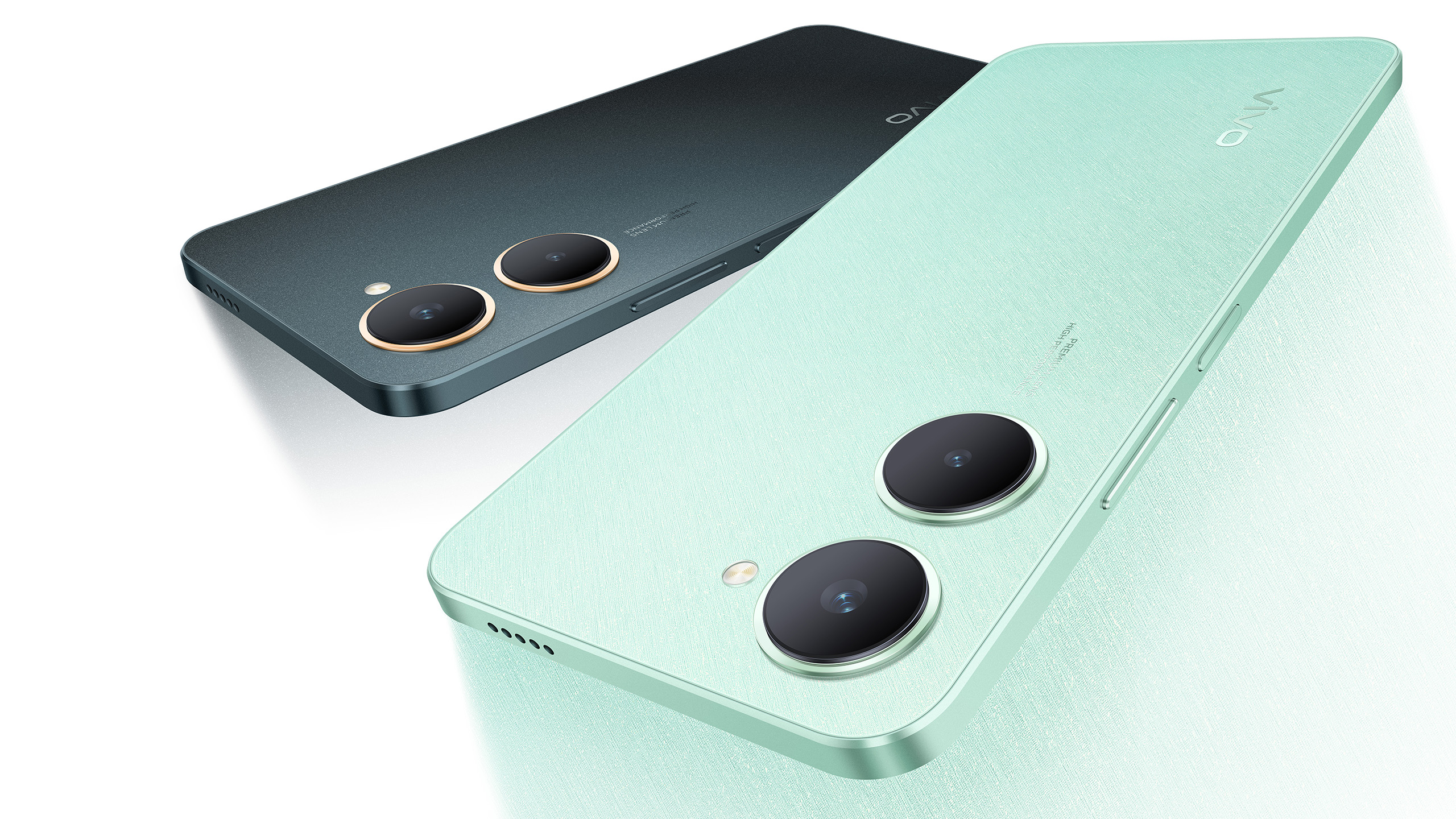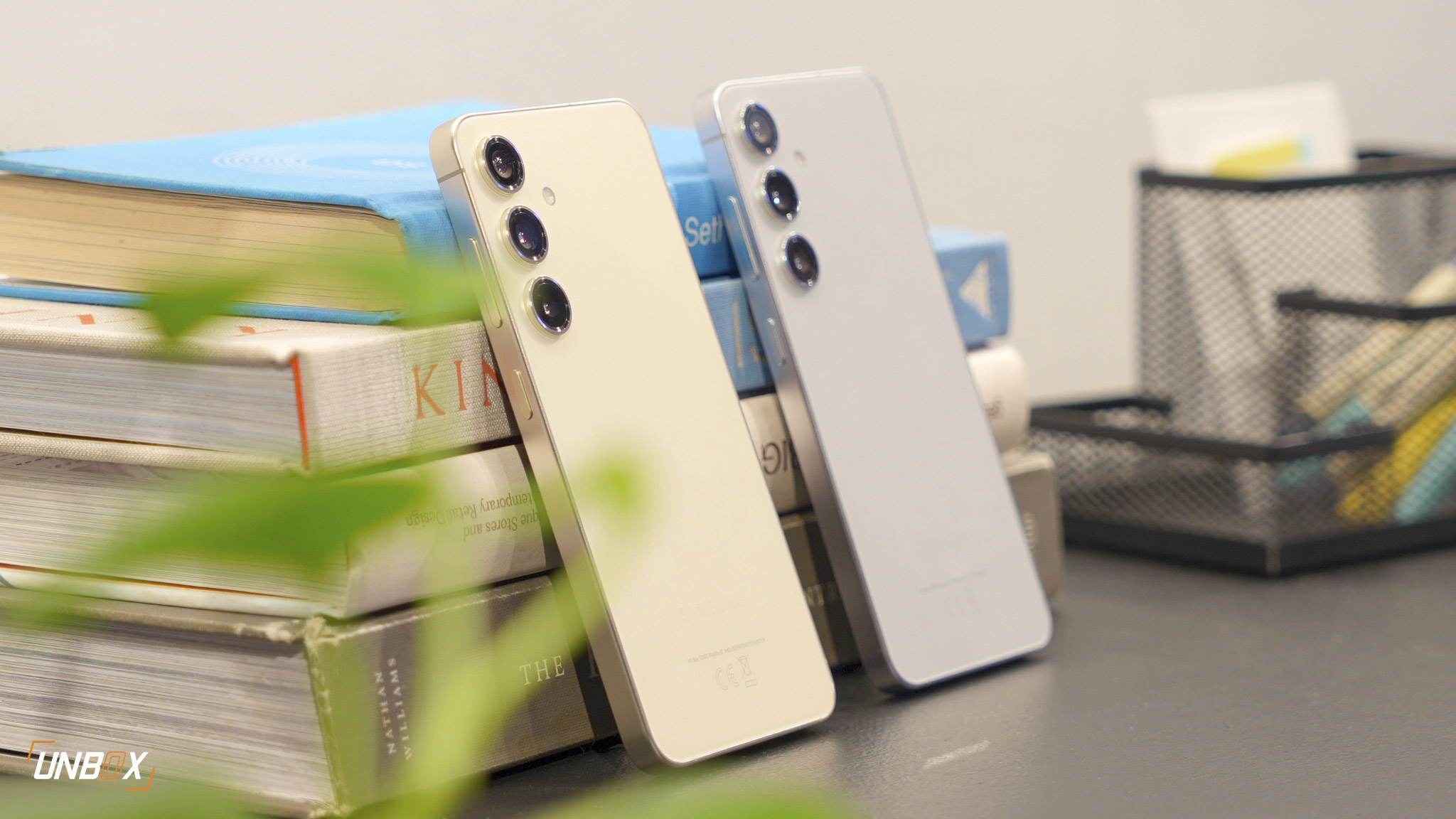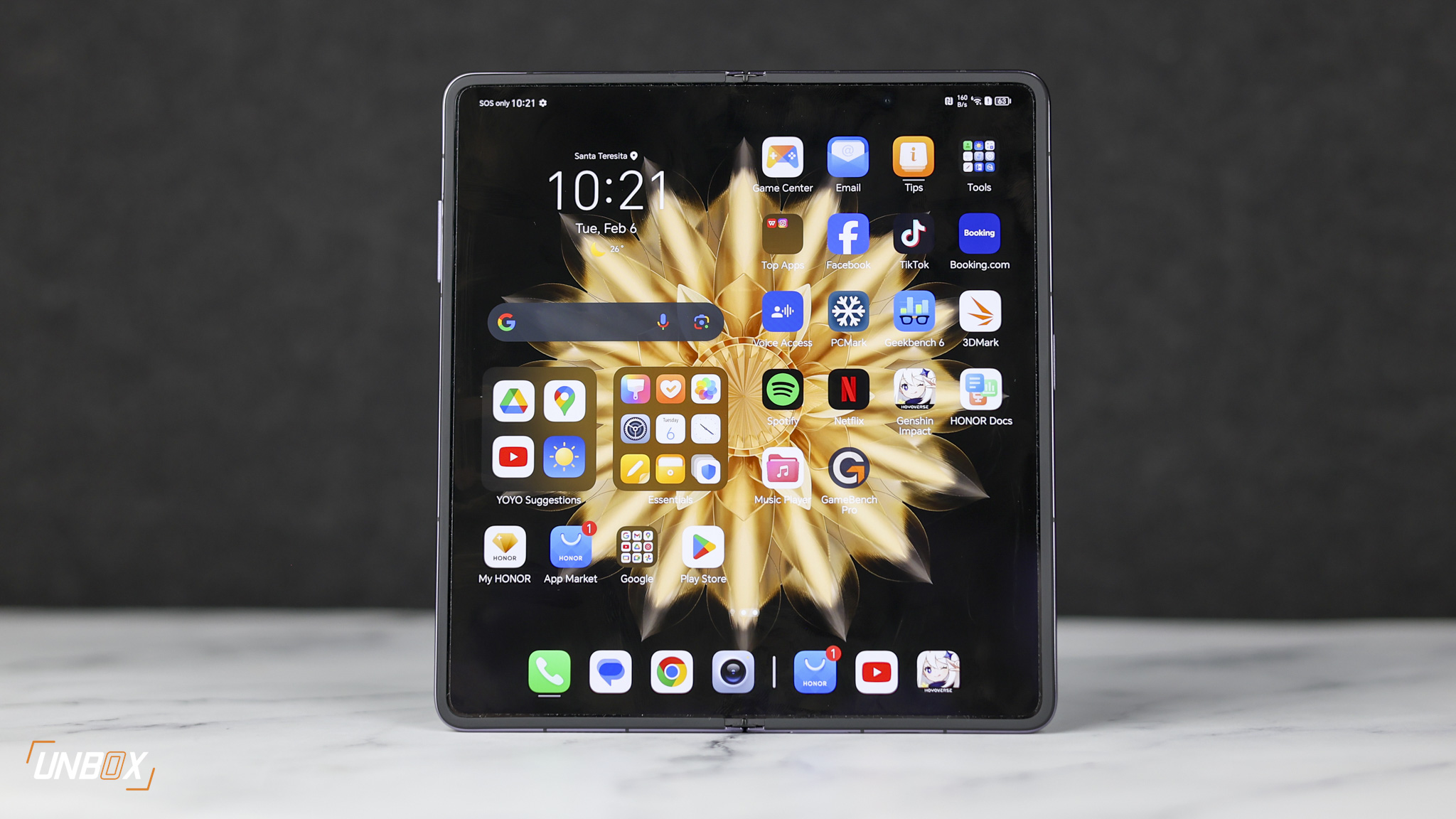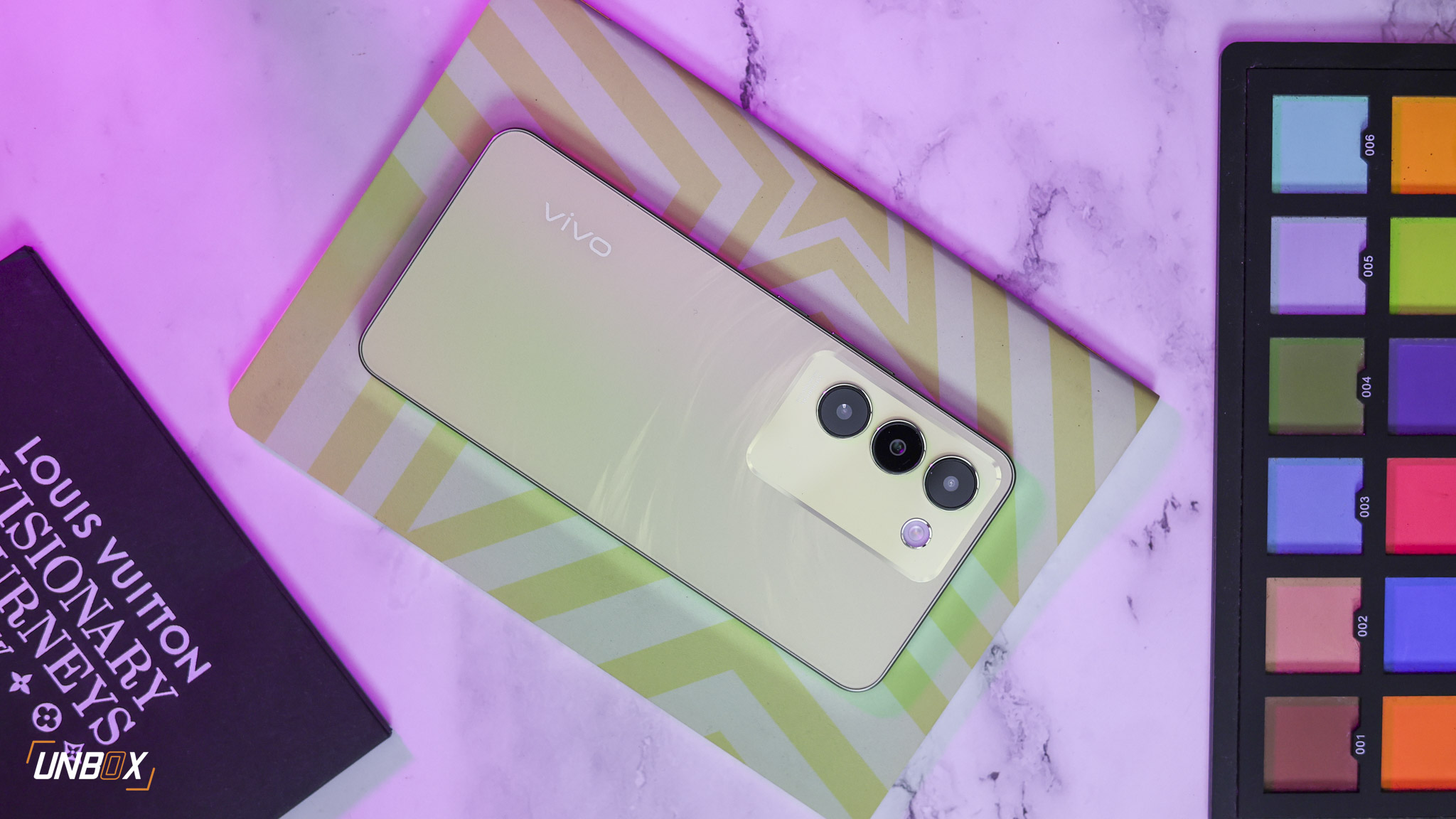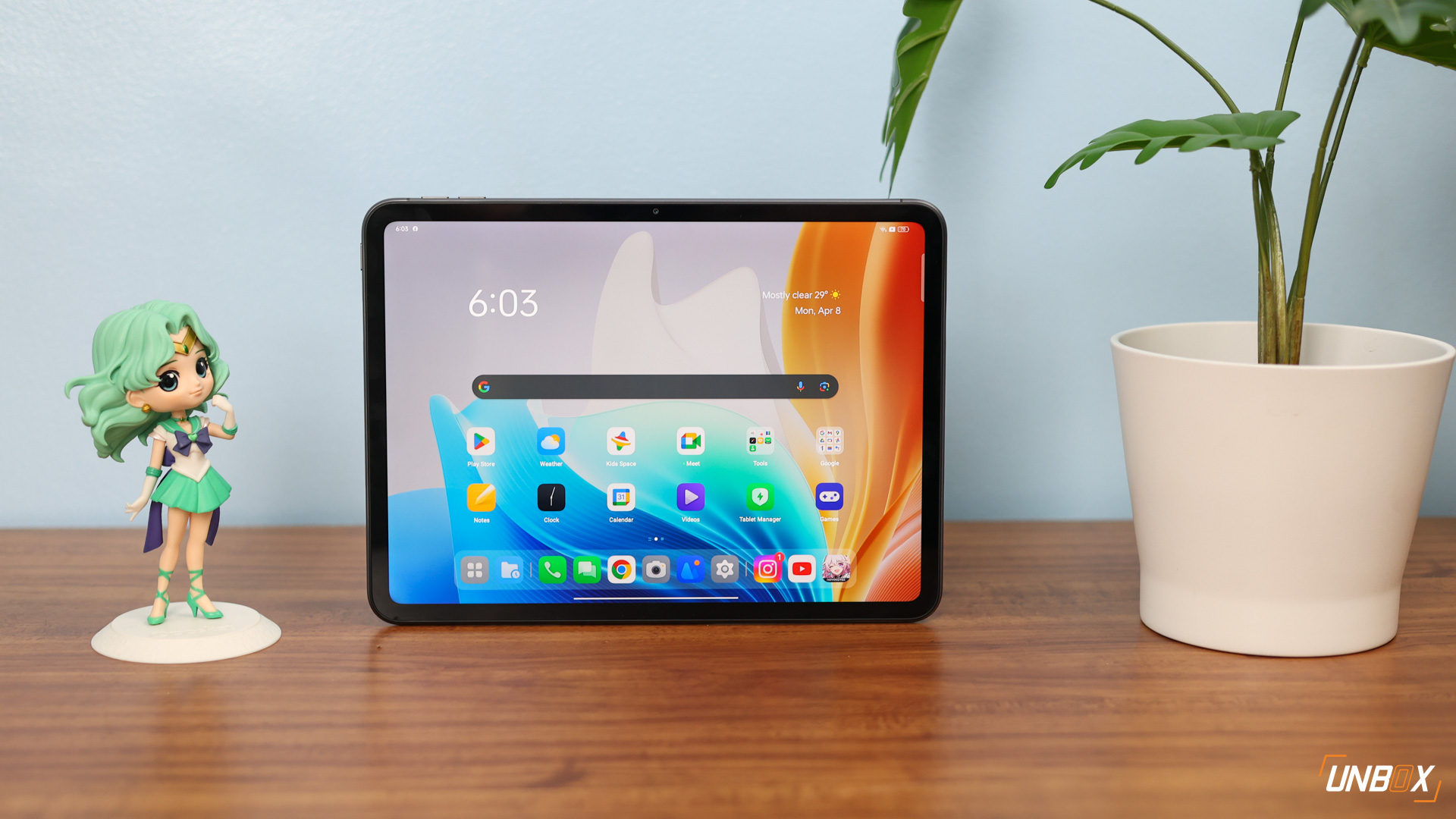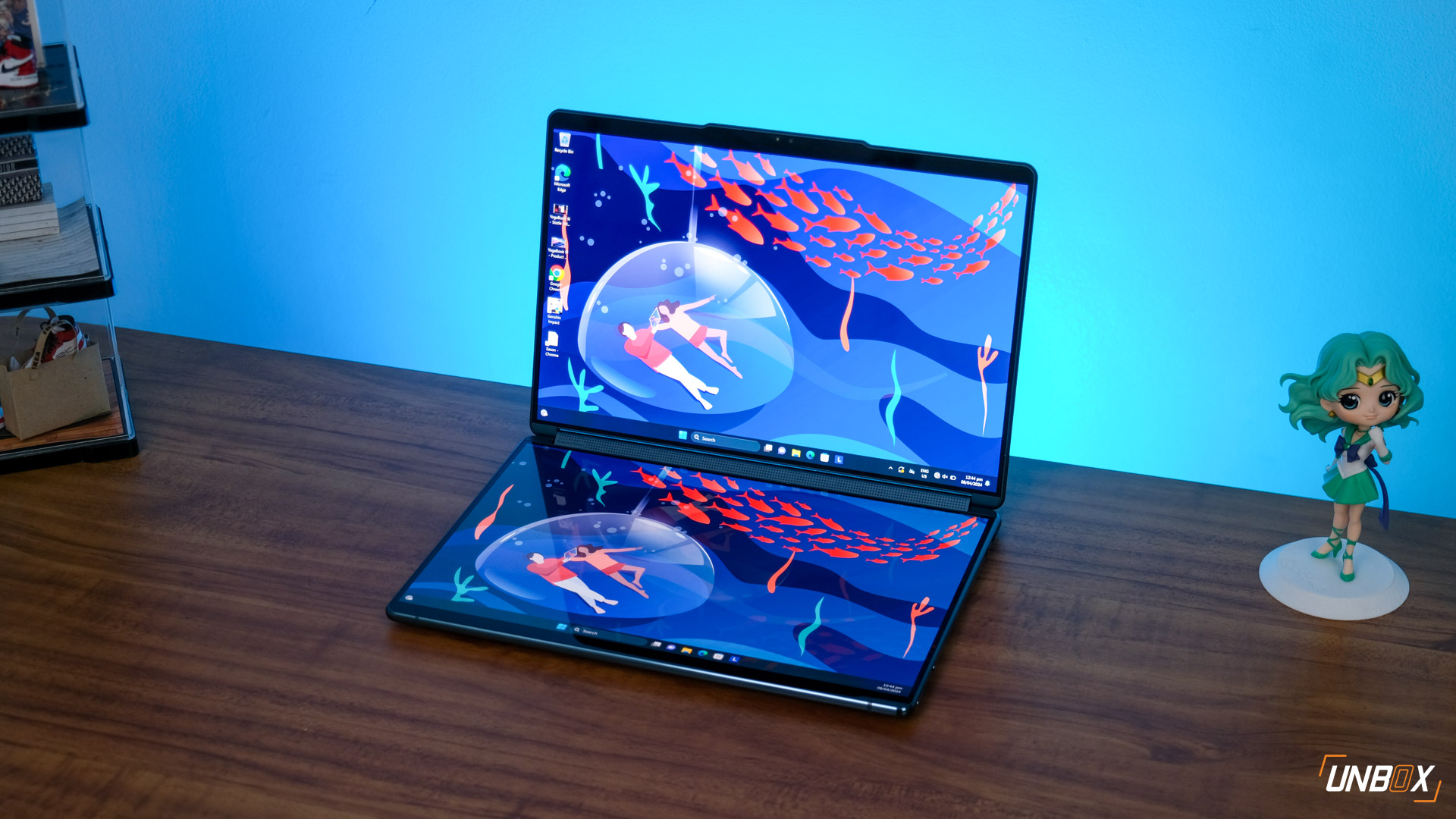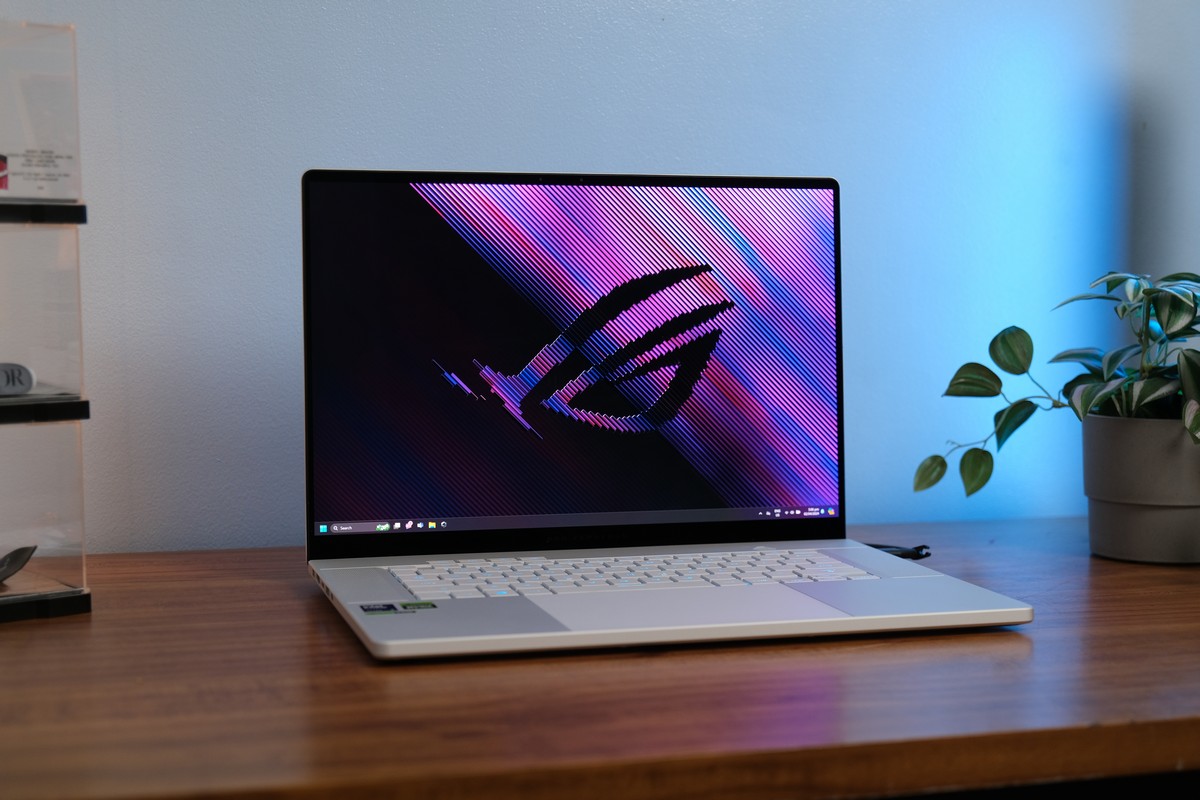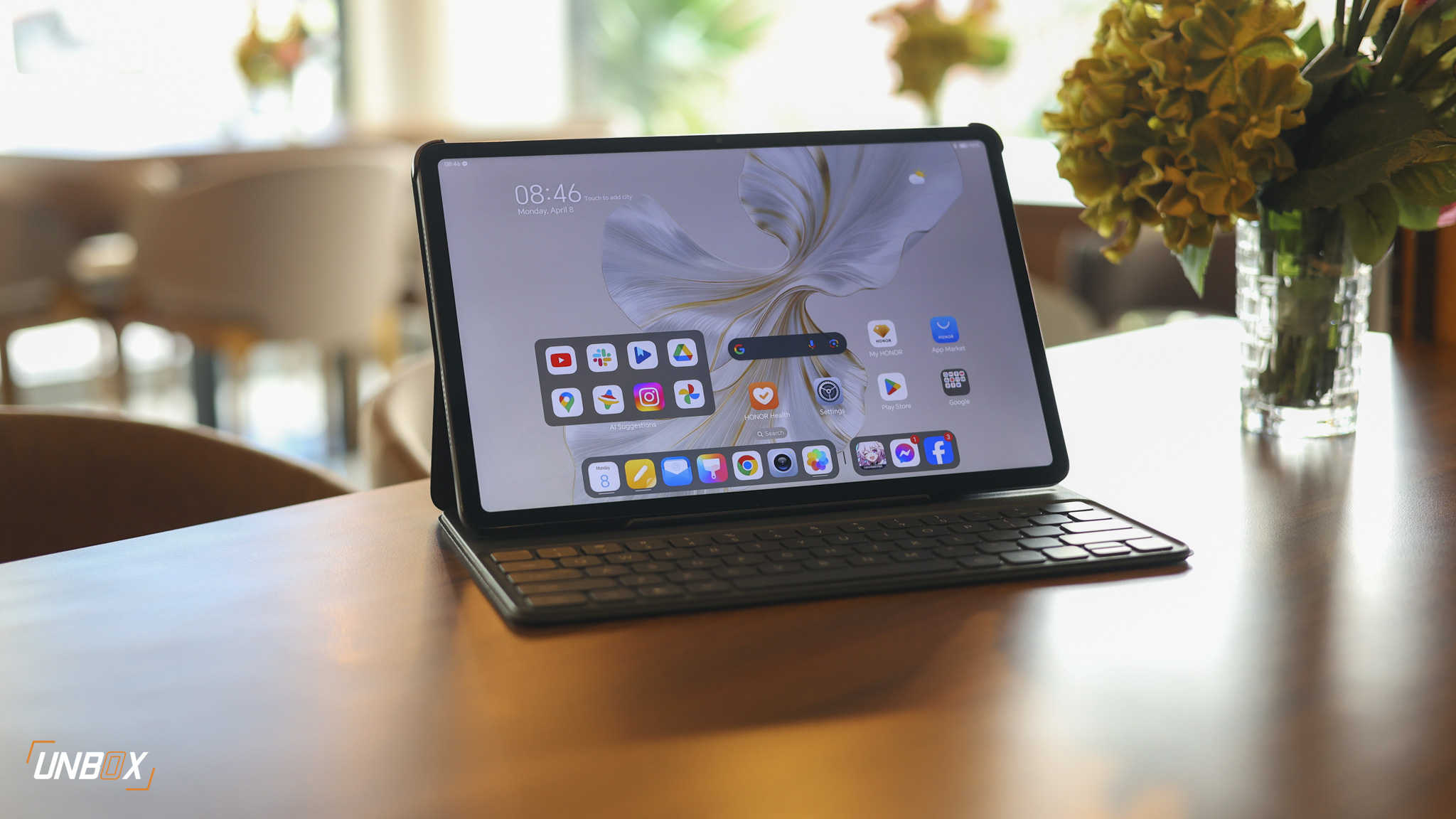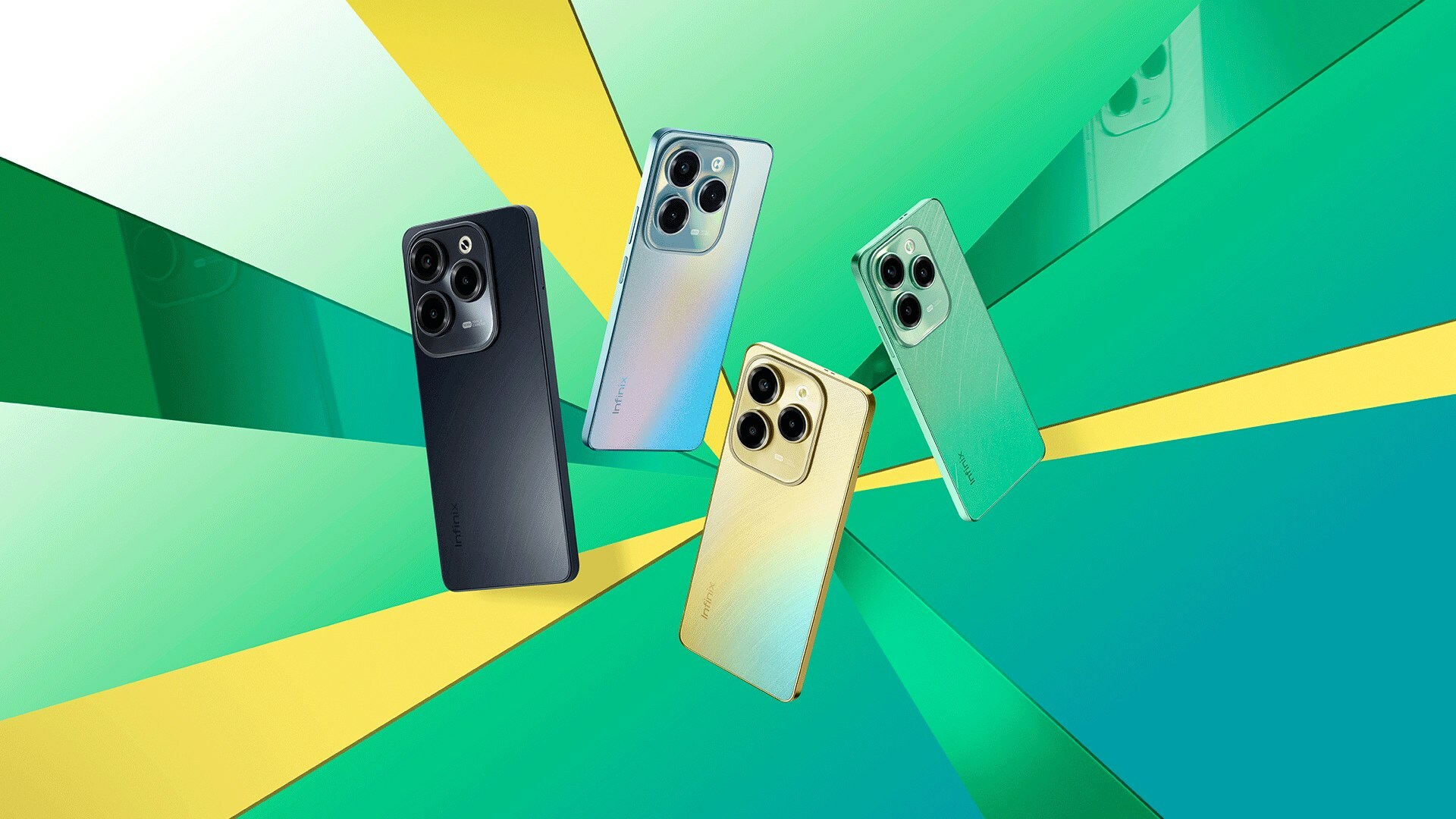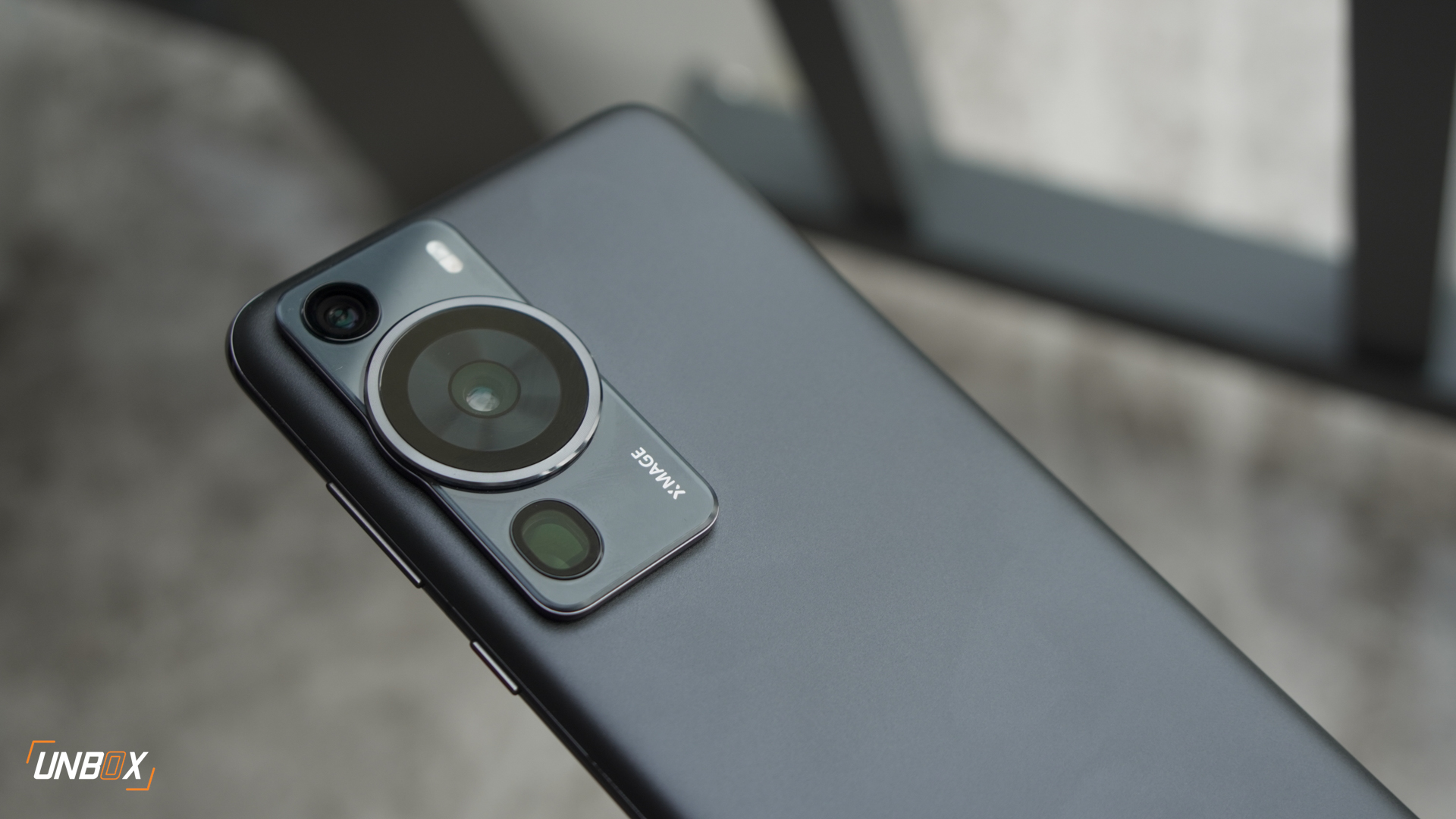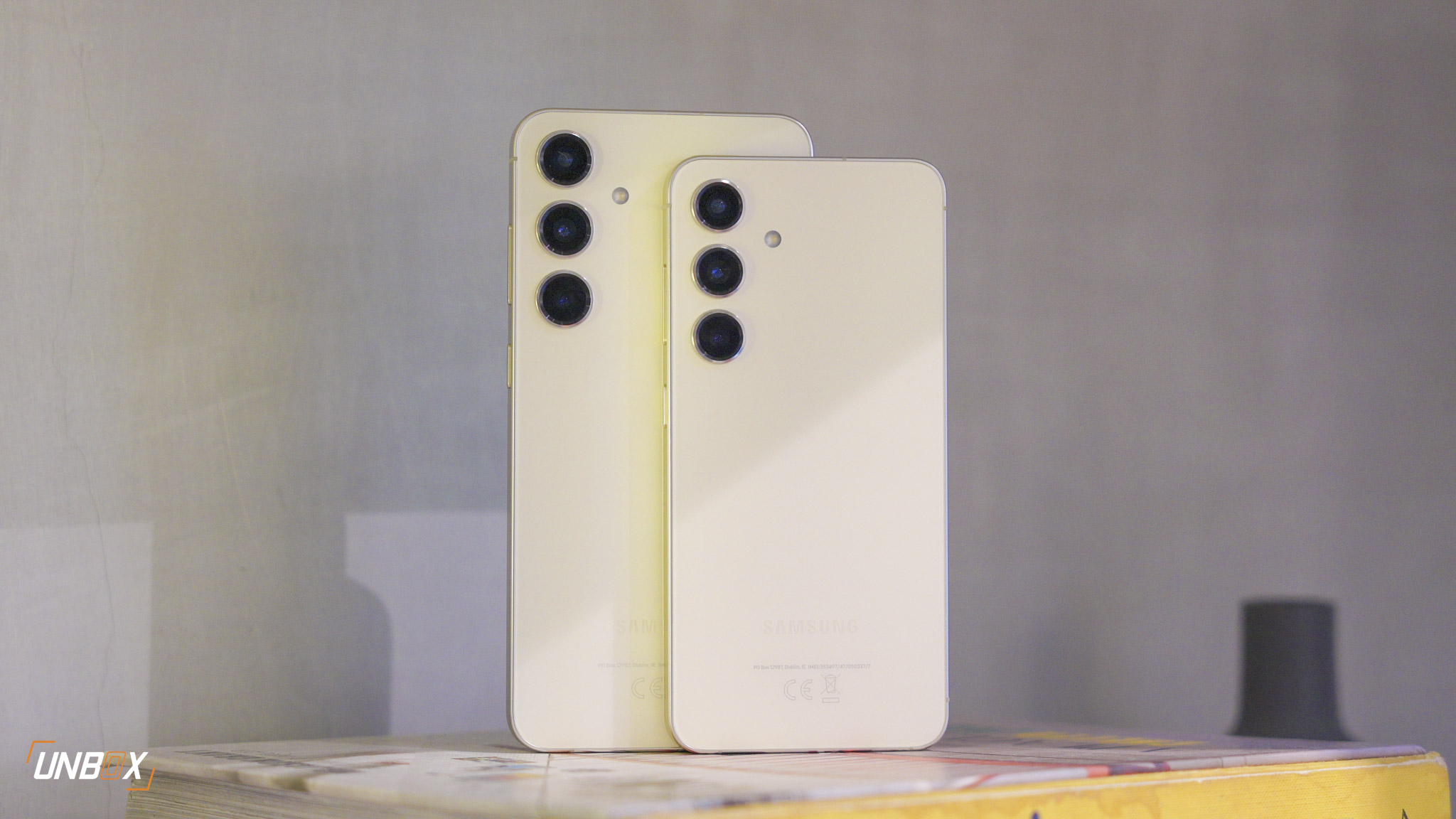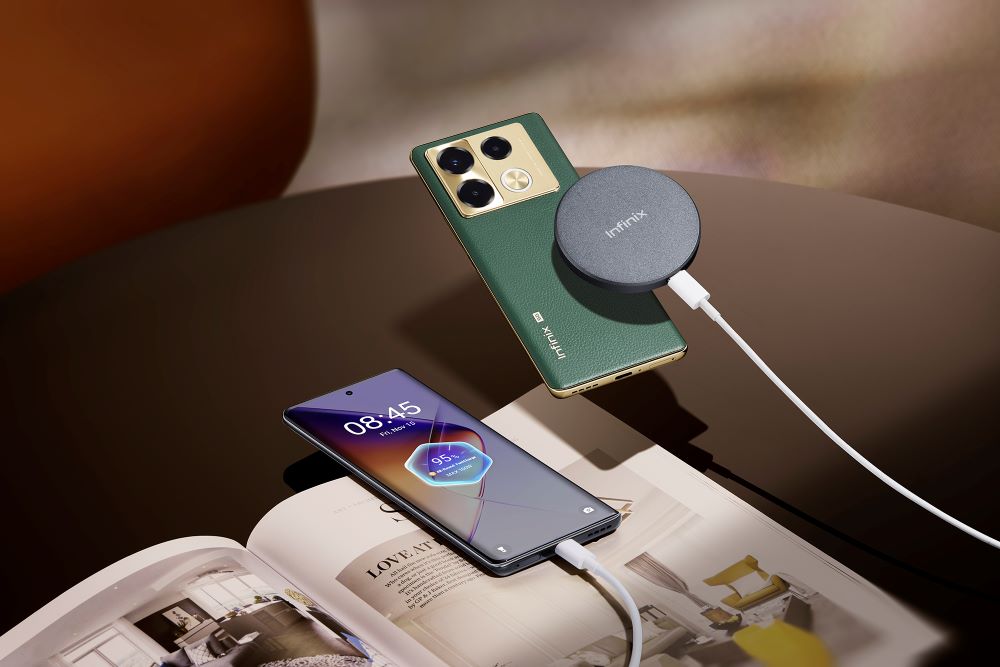It has been 6 years since Apple made the controversial move of removing the headphone jack on the iPhone 7. While it elicits trolling from various Android brands, a number of mid-range and flagship Android phones these days no longer have the headphone jack–insisting that the removal of the well-beloved port helped in adding in a bigger battery inside their phones. Fast forward to 2022, Apple is set to do another controversial move by removing physical SIM trays on US iPhone 14 and 14 Pro models and only having eSIM for them.
This move means that those buying an iPhone 14 in the US can no longer use their physical SIMs. Instead, these users will need to contact their telco providers (in the US, which consists of T-Mobile, AT&T, and Verizon) for an eSIM contract so that they will be able to use their shiny new iPhone 14. While Apple has supported eSIMs since the iPhone XS, XR, this is the first time it is going all-in with eSIM on iPhones.
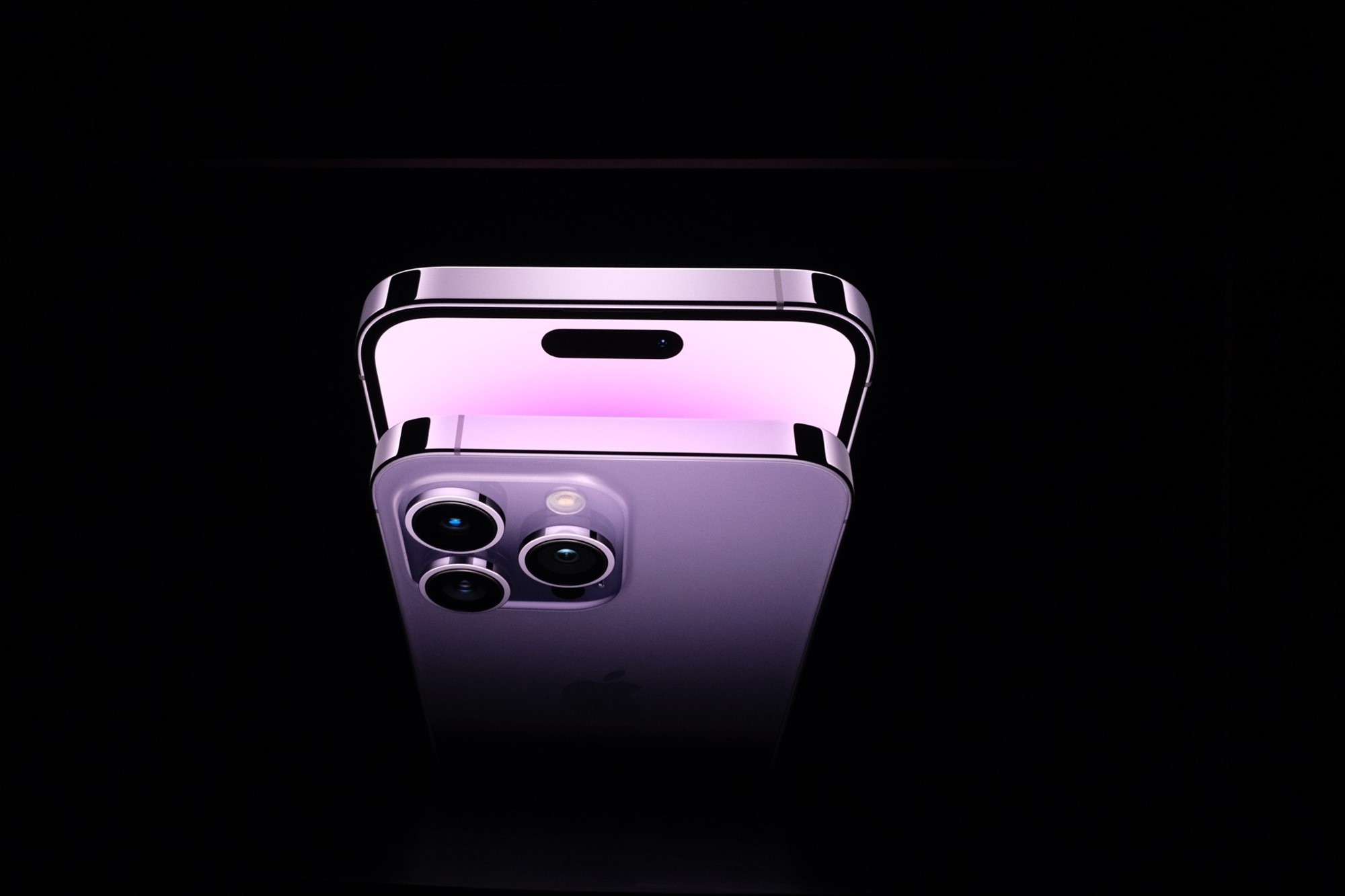
It’s a good thing that Apple is only implementing its eSIM-only iPhone 14 in the US, as the whole world has yet to adopt eSIM. Currently, in the Philippines, both Smart and Globe offer an eSIM option–and that option is exclusive to its postpaid users, leaving prepaid users stuck with using physical SIMs.
Why remove the physical SIM slot in the first place? Apple explained during its iPhone 14 launch event that there are benefits to eSIM. These include better privacy, the possibility to add multiple numbers to one device, and the ability of telco providers to push updates easily–all without the need for changing physical SIM cards.
While it is a controversial move, the shift to eSIM is a natural evolution in all mobile devices, and it might be a great way to solve problems like the proliferation of text message scams in the Philippines and in making the SIM Card Registration bill more manageable. However, to make that a reality, our telco providers must act swiftly in adopting eSIM for both its prepaid and postpaid subscribers.


